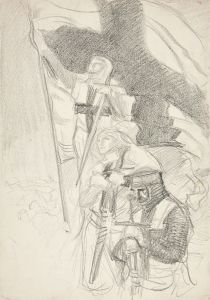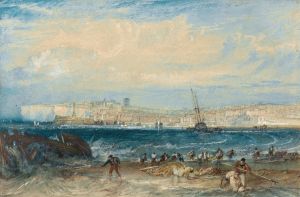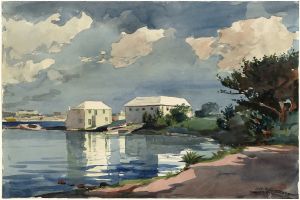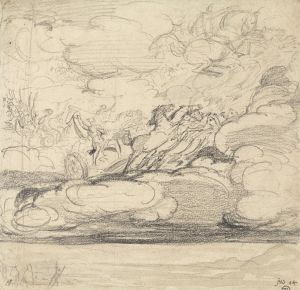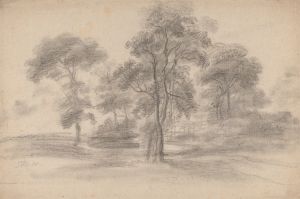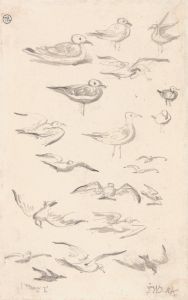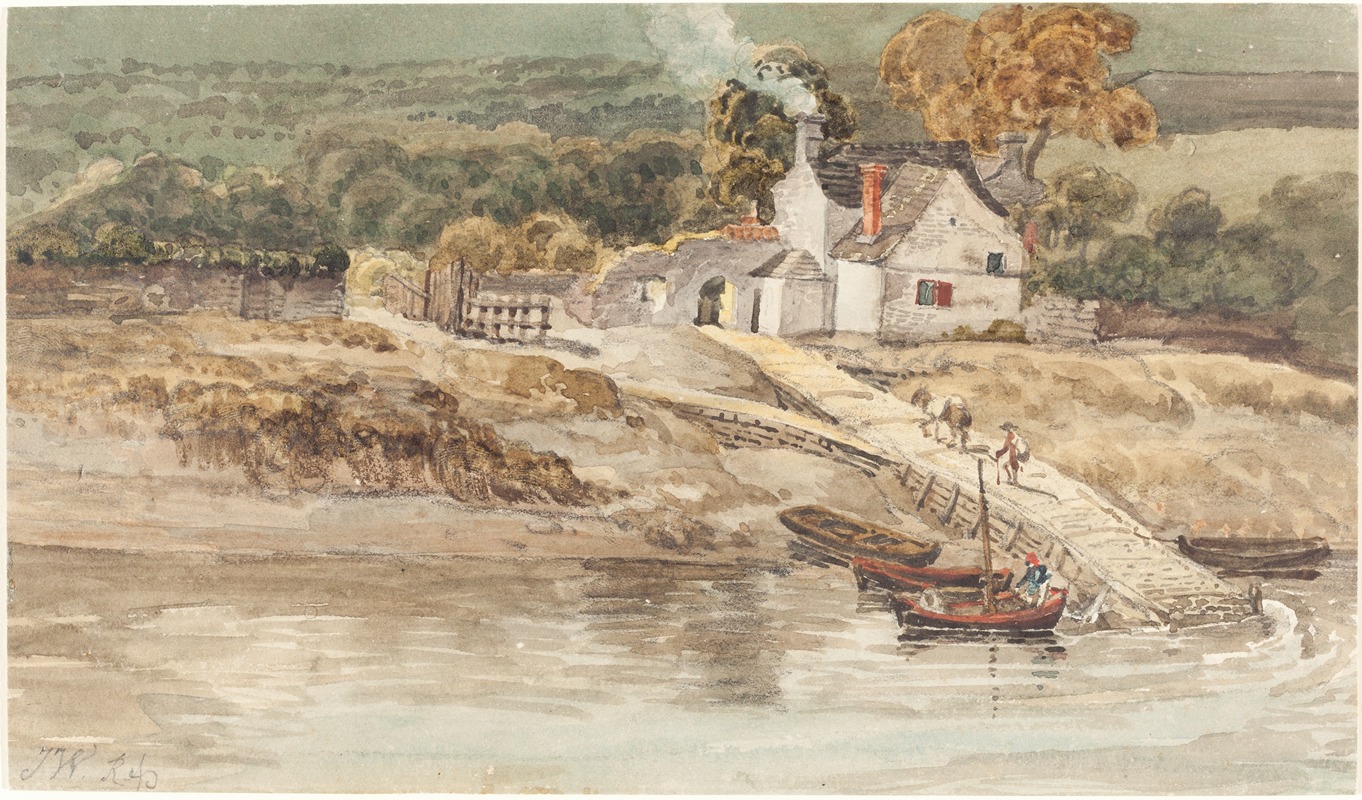
Landing Place near Tintern Abbey
A hand-painted replica of James Ward’s masterpiece Landing Place near Tintern Abbey, meticulously crafted by professional artists to capture the true essence of the original. Each piece is created with museum-quality canvas and rare mineral pigments, carefully painted by experienced artists with delicate brushstrokes and rich, layered colors to perfectly recreate the texture of the original artwork. Unlike machine-printed reproductions, this hand-painted version brings the painting to life, infused with the artist’s emotions and skill in every stroke. Whether for personal collection or home decoration, it instantly elevates the artistic atmosphere of any space.
"Landing Place near Tintern Abbey" is a painting by the English artist James Ward, who was born in 1769 and died in 1859. James Ward was a prominent painter and engraver, known for his animal paintings, landscapes, and portraits. He was a member of the Royal Academy and was highly regarded for his ability to capture the natural world with great detail and emotion.
The painting "Landing Place near Tintern Abbey" depicts a serene and picturesque scene near the historic Tintern Abbey, located in Monmouthshire, Wales. Tintern Abbey itself is a Cistercian abbey founded in 1131, which became one of the most significant monastic ruins in Wales after its dissolution in 1536 during the reign of King Henry VIII. The abbey has been a source of inspiration for many artists and poets, including William Wordsworth, who wrote the famous poem "Lines Composed a Few Miles Above Tintern Abbey."
In Ward's painting, the viewer is presented with a tranquil riverside setting, capturing the natural beauty of the area surrounding Tintern Abbey. The composition likely includes elements such as lush greenery, the flowing river, and possibly the ruins of the abbey in the background, though specific details of the painting's content are not widely documented. Ward's skillful use of light and shadow, along with his attention to detail, would have contributed to the overall atmosphere of peace and reflection in the scene.
James Ward's work often reflected his deep appreciation for the natural world, and "Landing Place near Tintern Abbey" is no exception. His ability to convey the serene and timeless quality of the landscape would have resonated with viewers of his time and continues to be appreciated by art enthusiasts today.
The painting is an example of the Romantic movement in art, which emphasized the beauty and power of nature, as well as the emotional response it could evoke in the viewer. This movement was a reaction against the industrialization and urbanization of the period, seeking to reconnect with the natural world and the sublime.
While specific details about the provenance and current location of "Landing Place near Tintern Abbey" are not readily available, James Ward's body of work remains significant in the history of British art. His contributions to landscape painting, along with his depictions of animals and rural life, have left a lasting legacy.
In summary, "Landing Place near Tintern Abbey" by James Ward is a notable example of early 19th-century British landscape painting, capturing the serene beauty of the area around the historic Tintern Abbey. Ward's attention to detail and his ability to evoke the peacefulness of the natural world make this painting a valuable piece of art history.





